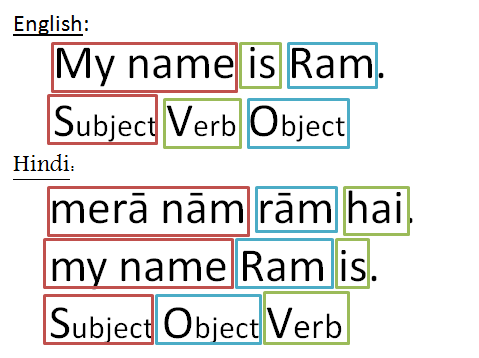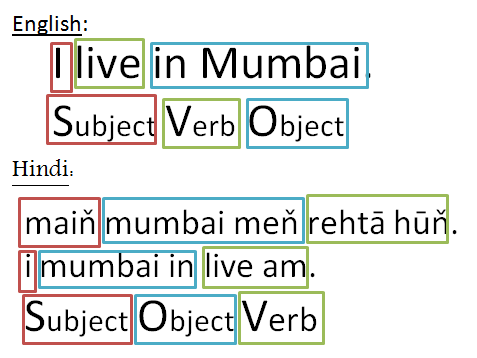1. Sarita & Ram are meeting for the first time.
Sarita: namaste!
Ram: ______________
Sarita: merā ___________ Sarita hai. āpkā ___________ nām?
Ram: ___________ Ram hūn.
Sarita: āpse mil kar ____________ hui!
Ram: jī, ___________ bhi!
2. Sarita is a girl. Ram is her uncle. They are greeting each other.
Sarita: __________ Uncle!
Ram: __________ betā! (betā = child)
Sarita: kaise hain ___________?
Ram: maiň ____________ hūn. tum ___________ ho?
Sarita: badhiyā hūn!
3. Sarita & Ram are colleagues. They are greeting each other.
Sarita: ____________!
Ram: ____________!
4. Sarita & Ram are good friends. They are greeting each other.
Sarita: ____________!
Ram: ____________!
Sarita: __________ hāl haiň?
Ram: mast! _____________?
Sarita: badhiyā!
5. Sarita & Ram are good friends saying bye.
Sarita: maiň chaltī hūn. (I will leave.)
Ram: Thīk _____. to ham jaldī _________. (jaldī = soon)
Sarita: hān, __________. Bye!
Ram: ___________!







